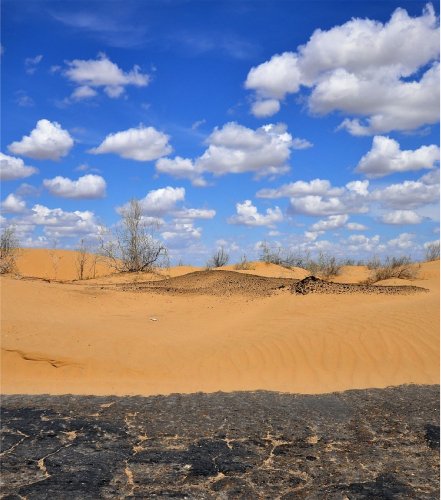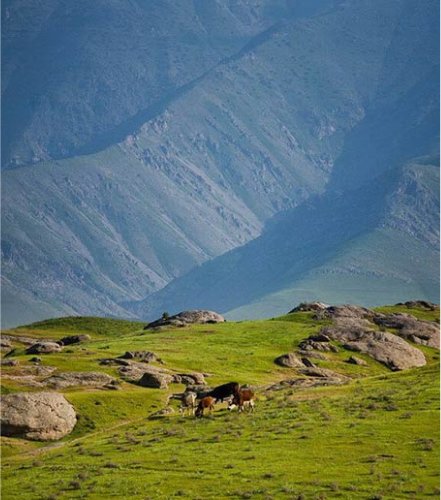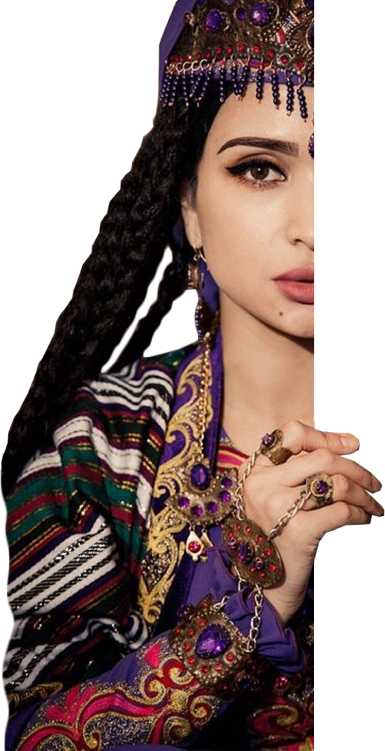Tours to Samarkand
Samarkand is one of the oldest cities in the world and a true gem of Uzbekistan. Founded over 2,750 years ago, this city captivates visitors with its rich history, stunning architecture, and enchanting oriental atmosphere. Once a major center of science, culture, and trade on the Great Silk Road, Samarkand is now a UNESCO World Heritage site.
Types of Tours in Samarkand
1. Historical and Cultural Tours
- Registan Square – the heart of Samarkand, featuring three magnificent madrasahs: Ulugh Beg, Sher-Dor, and Tillya-Kari
- Gur-e-Amir Mausoleum – the final resting place of the great conqueror Tamerlane
- Shah-i-Zinda Necropolis – a unique ensemble of mausoleums and sacred sites
- Ulugh Beg Observatory – one of the largest medieval astronomical observatories
- Bibi-Khanym Mosque – a grand mosque built by Tamerlane’s order
2. Gastronomic Tours
- Tasting Samarkand plov, samsa, shurpa, and tandir bread
- Visiting traditional teahouses and restaurants: "Platan," "Samarkand Restaurant," "Karimbek"
- Buying local sweets, dried fruits, and spices at the famous Siab Bazaar
3. Excursions and Entertainment
- Strolling through old neighborhoods and artisan workshops
- Masterclasses on Uzbek cuisine, ceramics, and metal engraving
- Evening light shows at Registan Square
- Photoshoots in traditional national costumes
4. VIP and Business Tours
- Accommodation in luxury hotels: "DiliMah," "L’Argamak," "Registan Plaza"
- Private guided tours with professional guides
- Comfortable transfers and event organization
Pilgrimage Tours in Samarkand
Samarkand is a sacred city for Muslims, home to significant religious sites:
- Mausoleum of Khoja Daniyar (Prophet Daniel’s Tomb) – a revered pilgrimage site
- Imam al-Bukhari Complex – one of the most important shrines in the Islamic world
- Shah-i-Zinda – a mausoleum complex linked to the descendants of Prophet Muhammad
Tours in Uzbekistan
In the first collection, we cover the ancient period with an emphasis on non -decayed religions and intercultural interaction on the Silk Road. During this period, the land of Uzbekistan was today called Sogdiana, by the name of the famous Sogdian merchants. In the first choice, we illuminate the ancient period, paying special attention to non -Western religions and intercultural interaction along the silk path. During this period, the Earth, which today is Uzbekistan, was called Sogdiana, named after the famous Sogdian merchants.

In the first collection, we cover the ancient period with an emphasis on non -decayed religions and intercultural interaction on the Silk Road. During this period, the land of Uzbekistan was today called Sogdiana, by the name of the famous Sogdian merchants. In the first choice, we illuminate the ancient period, paying special attention to non -Western religions and intercultural interaction along the silk path. During this period, the Earth, which today is Uzbekistan, was called Sogdiana, named after the famous Sogdian merchants.

In the first collection, we cover the ancient period with an emphasis on non -decayed religions and intercultural interaction on the Silk Road. During this period, the land of Uzbekistan was today called Sogdiana, by the name of the famous Sogdian merchants. In the first choice, we illuminate the ancient period, paying special attention to non -Western religions and intercultural interaction along the silk path. During this period, the Earth, which today is Uzbekistan, was called Sogdiana, named after the famous Sogdian merchants.

